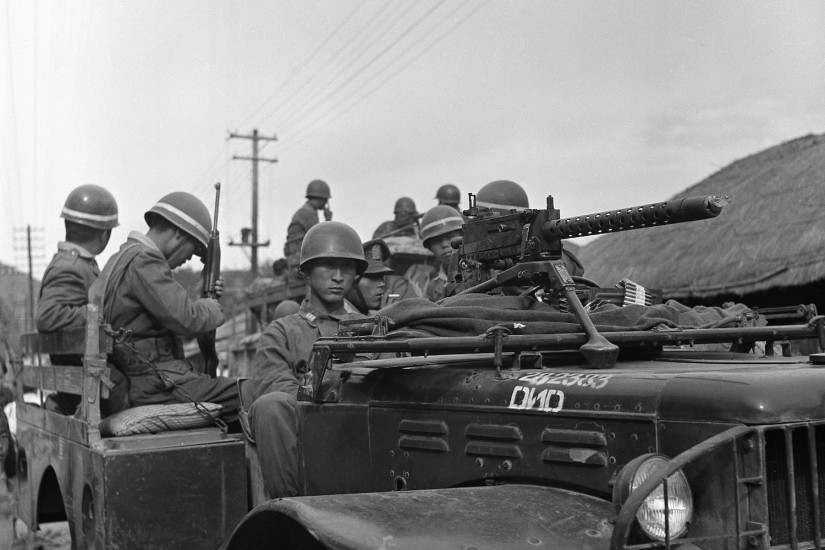But is Berlin a good stand-in for the entire Cold War? Perhaps not. Just as Stalin and Truman were facing off over that contested capital, a similar showdown was taking place nearly 5,000 miles away in Changchun, a prosperous provincial capital in Manchuria. As with Berlin, communist forces—this time under the leadership of Mao Zedong—controlled the zone around the city, but Changchun itself remained under the control of Chiang Kai-shek’s Guomindang government. As with Berlin, Mao closed the roads to the city.
Yet here this tale of two cities diverges. Mao didn’t expect Chiang to relinquish Changchun peacefully. Rather, the point of his five-month blockade was (as one of Mao’s generals put it) to “turn Changchun into a city of death.” The trapped, starved, and freezing residents started dying in the streets. “There were corpses everywhere,” recalled the general charged with defending the city. “It had become a living tomb.” The siege very likely killed more people than the bombing of Hiroshima did, with estimates between 120,000 and 200,000.
Many more people died in the campaign that followed. On the eve of his victory, Mao bragged to Stalin that his forces had killed more than 5 million since 1946, though between 2 million and 2.5 million killed on all sides seems like a sturdier number. But however many millions of people died, one thing was clear: The contrast between Berlin and Changchun—planes dropping candy versus corpses in the streets—represented a larger divide. The Cold War in Europe may have been a patient chess game, or a Long Peace. But in Asia, it was a bloodbath.
Paul Chamberlin’s eye-opening The Cold War’s Killing Fields offers us a precise, painful account of the Cold War as narrated from the Changchuns of the world rather than the Berlins. His focus is not on the capitals where grand strategies were spun, as in Gaddis’s telling, but on the blood-soaked locales where those strategies took their greatest toll.
By Chamberlin’s calculations, more than 20 million people died in conflicts related to the Cold War. Of course, not every one of those conflicts had its origins in the superpower rivalry. But even when Washington and Moscow had little to do with starting a war, they nearly always had a hand in finishing it—by sending troops, advisers, weapons, or cash.
